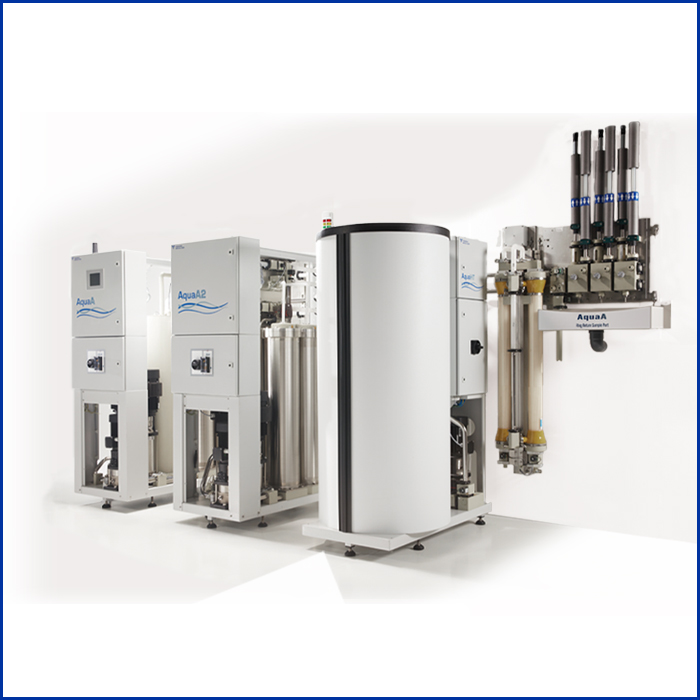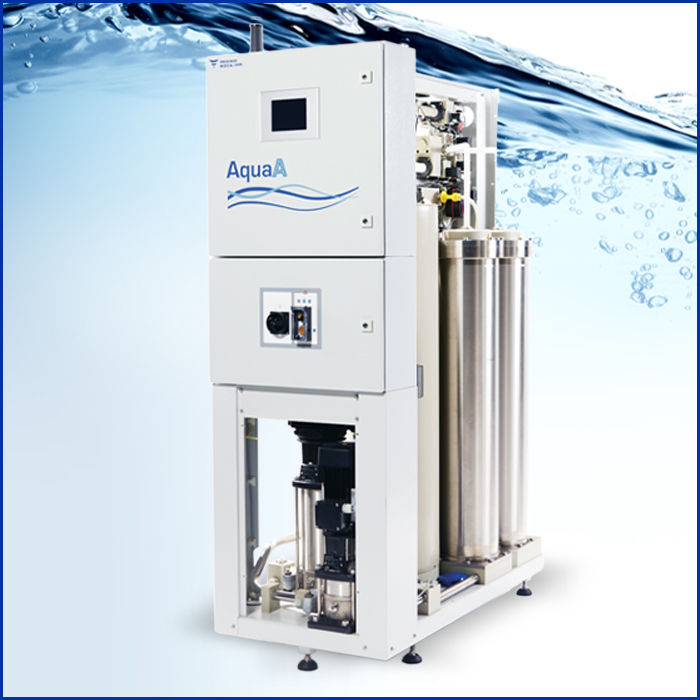
Improving Access to Home Dialysis | FMCNA
A conversation with CEO Bill Valle of Fresenius Medical Care North America (FMCNA) and Jeff Burbank, CEO of NxStage Medical, on why bringing their companies together can help transform the delivery of dialysis care toward the expanded use of home therapies.
Q: Now that Fresenius Medical Care and NxStage are one company, what does this mean for people living with kidney failure?
BV: At the heart of this merger is giving our patients choice and access to the treatment options that work best for their individual needs. By combining forces and working together as one team, we know we can transform the delivery of home dialysis care, helping more patients take advantage of the latest innovations in treatment and improving the patient experience. This is a critical step that demonstrates our commitment to our patients and helps us shape the future of the care we provide.
JB: The NxStage team is excited to help continue Fresenius Medical Care’s leadership of providing the best care possible for all patients. We look forward to working as one to expand that leadership in critical care and home. We’re going to keep doing what we do best, and I know now we’ll be able to do a lot more of it.
Q: What is Fresenius Medical Care’s goal for home dialysis growth?
BV: Our goal to significantly increase treatments on home dialysis is ambitious and possible, and we are committed to making it a reality. We know that the team at NxStage shares our passion for making a positive difference in the lives of our patients. Their team’s track record of innovation and groundbreaking technology has set new standards in how people living with kidney failure are cared for. We know that our patients do best when they have access to treatment and care that helps them live their life to the fullest. That’s why we remain committed to making home therapies an option for as many patients as possible.
JB: We think more patients will want the options that this combination can deliver: it allows more patients to take control of their lives and gives them the tools to be successful. We are really proud of what we have done so far and know that as a combined team, we can make this option available to so many more people who would not have the chance to dialyze at home. This goal really can be achieved, and we are ready to make it happen.
Q: What are the biggest barriers right now to increasing the number of patients on home dialysis?
BV: Awareness is number one. We regularly speak with our patients about their treatment options, and we need to continue to ensure they know about home dialysis and consider it for themselves. Other countries see home dialysis as the first choice, always. It’s time for us to make that shift here. The Centers for Medicare & Medicaid Services (CMS) is completely on board with that goal as well. We know that when patients are fully educated about their options, through opportunities like our KidneyCare365 classes, they are more likely to choose home dialysis. We also know when our Kidney Care Advocates check-in on a regular basis, they are more likely to get patients through the early stages of home treatment to be successful. Number two is being organized to make home dialysis easy for patients, which in turn will make things easy for our physicians and caregivers. We have several places where we are well on our way. Simply put, we need more markets embracing and implementing the best practices that are already benefitting thousands of patients, and we need to do it with a greater sense of urgency.
JB: We need to continue making the technology easier to use for all stakeholders. One example is a real-time data stream from the home dialysis machines to provide nurses and physicians the information they need to make patients successful over the long term. We must keep innovating and reducing the burden to enable broader use. Things are changing rapidly so we will have to help physicians master these therapies with great support. We know physicians would overwhelmingly choose home dialysis for themselves, so why not make it the choice for their patients too?



